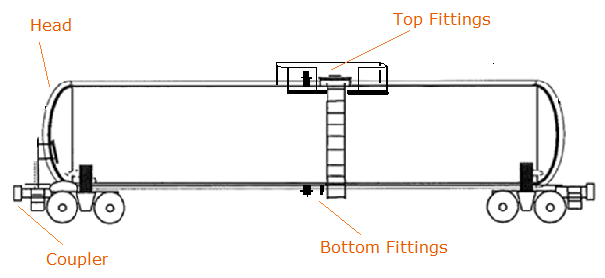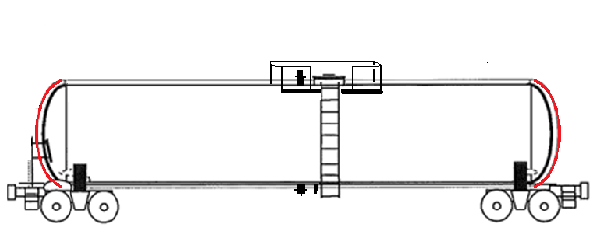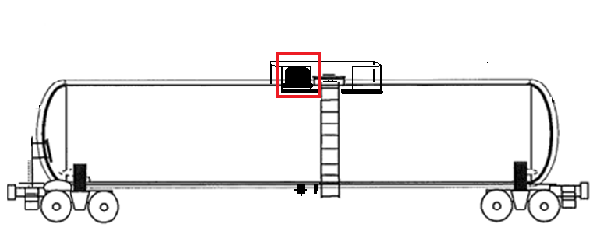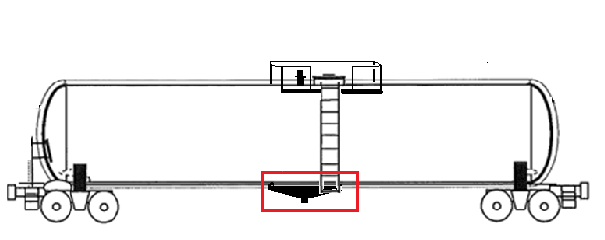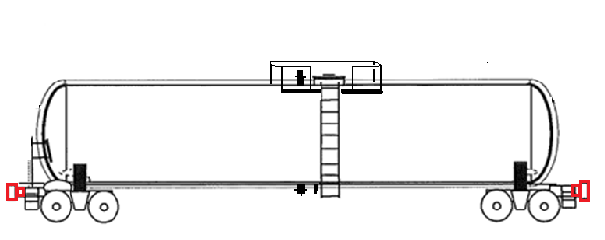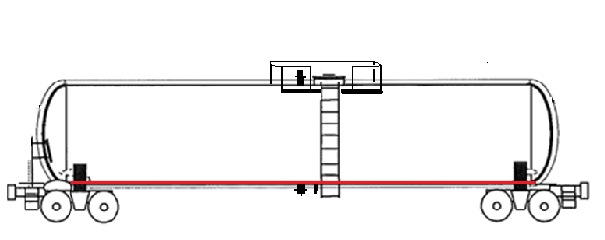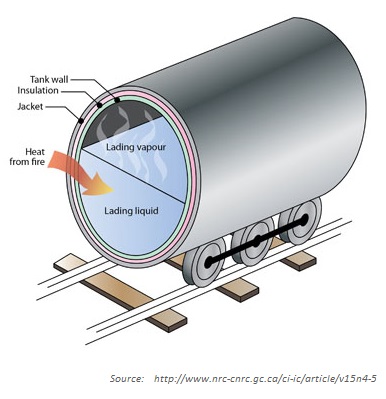RL Blogs
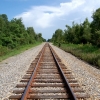
By Steve Pagani
Apr 27, 2014A quick summary of crude railcar safety design enhancements for the common folk. |
|||||||||||||||
| Ever since North American shale production boomed, railcar use has increased substantially to manage mid-continent crude supply surplus. While industry supporters and activists disputed investments in crude pipelines, crude railcar transportation silently increased with rapid fury.
The crude rail industry remained comfortable in the background for several years, until the catastrophic incident occurred in Lac-Megantic in July of 2013. Since then, multiple derailments occurring throughout Canada and the United States have ignited hot debate over crude railcar safety.
This article will not dive deeply into the technical and political merits for either side of the argument. It will; however, provide every common person the simple understanding of what changes are being proposed to improve the crude by rail industry.
Let’s first start with understanding some railcar basic features. A railcar is essentially a rectangular sheet of metal rolled into a cylinder, with two elliptical caps attached to either end. They have components such as the following:
As crude railcar safety awareness increased over the years, many enhancements were implemented. These improvements sought to reduce the safety, health, and environmental impacts of derailments containing dangerous goods. These safety features include:
Other railcar feature enhancements can be seen by examining a cross section of the car.
event of a railcar spill and fire, insulation can prevent nearby railcars from over-heating, rupturing, and adding more fuel to the existing fire.
Lastly, steel heat treatment is another focus area of enhanced crude railcar safety. To increase the overall crashworthiness of tank cars, new specifications require the shells and heads to be constructed of normalized steel to increase the strength of each railcar.
As one can imagine, replacing the existing railcar fleets is not a quick nor cheap feat to accomplish. Some cars can have safety enhancements added through retro-fits, while many others require full replacement of older cars. Regardless of the scenario, railcar construction companies already have 12 month backlogs on existing orders, not including the enhanced standards that are pressing forward.
Beyond the design element of railcar safety, industry recognizes that other factors must come to play, such as improved railway operations. Variables such as reduced train speeds, number of cars in each train, gross loading weight of each car, and weather condition all affect train performance.
Enhanced railcar design can reduce the hazard potential in the event of a derailment; however, railroad should focus equal effort in preventing the derailment in the first place!
In the mean-time, public debate will continue around the safety of North America crude railcar movements as pipeline expansion progress remains limited. Environmentalists cannot see beyond the irrationality of their fundamentals, and Corporations cannot see beyond the greed of their business objectives. This duality of the Energy Sector will continue to spin in circles until the next catastrophic event emerges to steal the spotlight.
Other useful links: | |||||||||||||||
|
|


